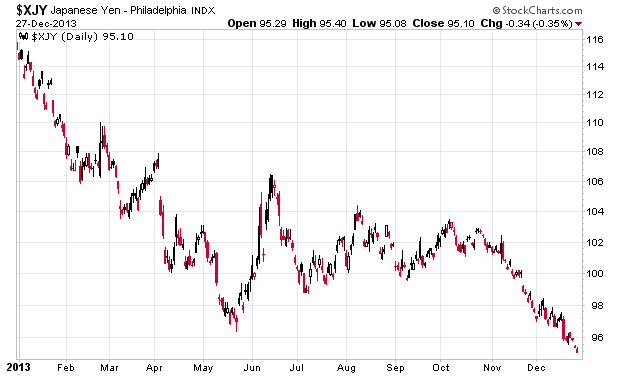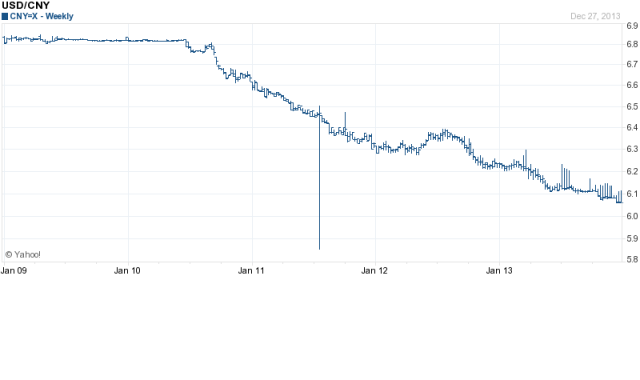The problem with good performance is that you run into the mean value theorem.
So in my particular instance, due to the +17.7% over 8 years, there must have been some years where I was above and some where I was below that number (unless if all of my years had exactly that performance). I am under no illusions – I will not be able to sustain this number over time.
So now, let’s pretend I invested the whole of my portfolio at a risk-free rate of 15%. I would actually be decreasing my long-term performance even though every investor on the planet would jump on that 15% guaranteed rate with everything they could throw at it (and considering that money can be borrowed at less than 1% in US currency, why not?).
If there was political pressure to continue high performance (i.e. having clients with expectations of such superior returns), then I would almost be compelled by definition to take riskier and riskier ventures to ensure I keep it up – my hurdle rate of 17.7% would filter out almost everything other than the high risk investments out there (put it all on TWTR, TSLA, NFLX, and AMZN?).
So it should be emphasized that returns alone is not a sufficient barometer of performance – it also must include the risk taken to achieve that return.
Since I am sitting on roughly 30% cash at the moment, even if I were able to allocate the other 70% into something (hopefully with acceptable risk) earning 17.7%, I’d be sitting on a 12.4% gain for the year – not bad, but still it would drag the long-term performance down.
Almost everybody pays attention to the performance measure of return. Very few pay attention to risk.
The theme for me that started at the second half of 2013 is to continue ratcheting up my focusing on risk. I have always paid attention to risk, but I am more sensitive about it now, especially as markets continue their ascent.


